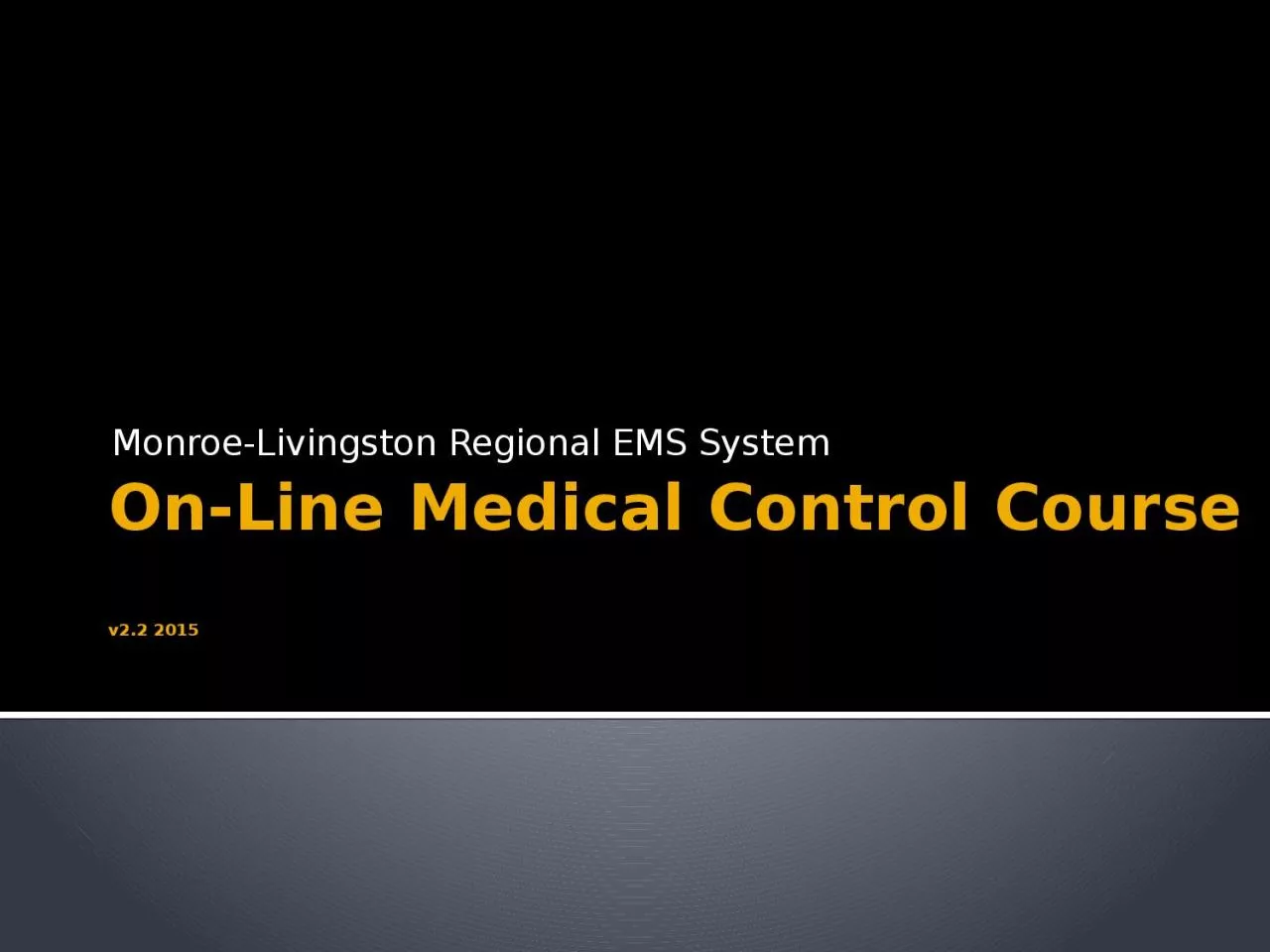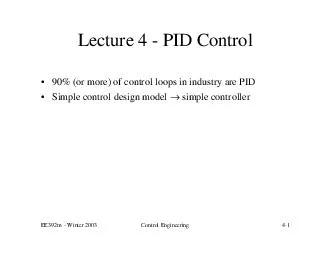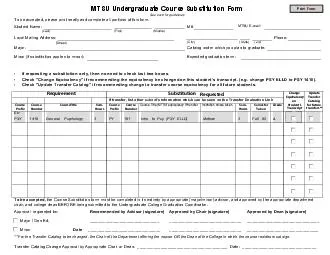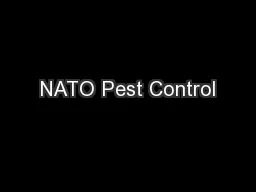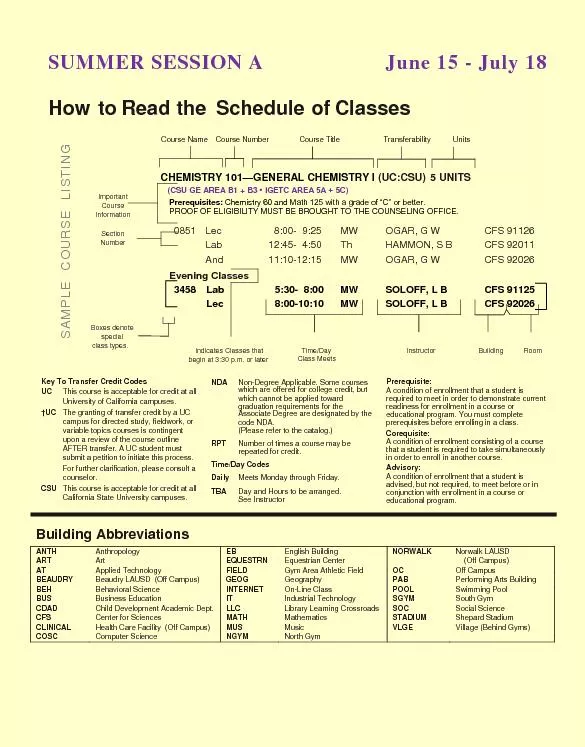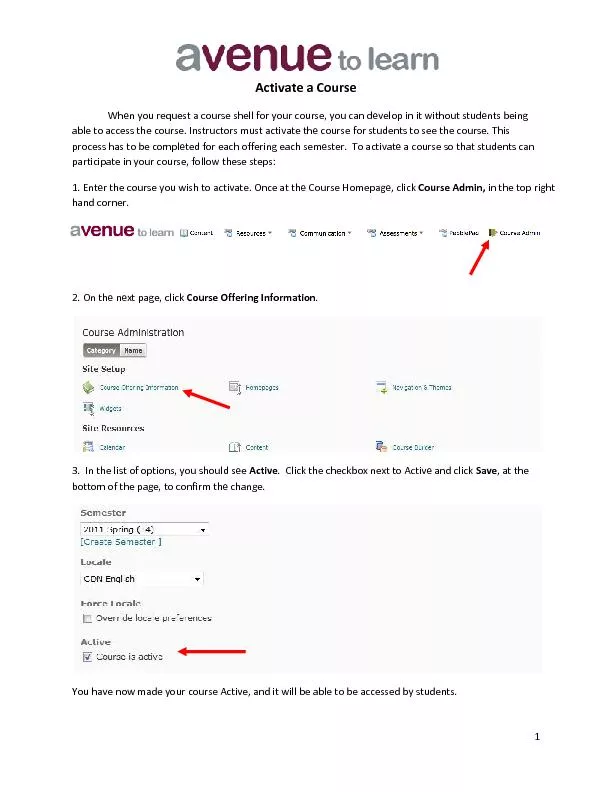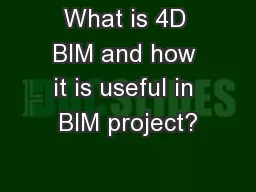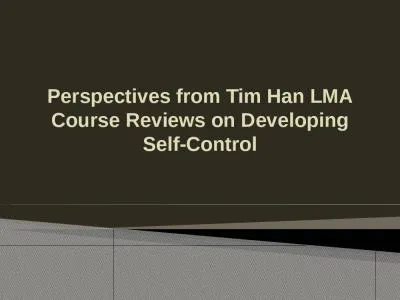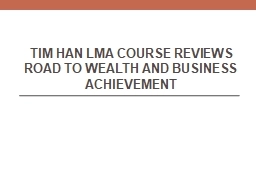PPT-On-Line Medical Control Course
Author : rodriguez | Published Date : 2024-03-13
v22 2015 MonroeLivingston Regional EMS System Overview Role of medical control physician Medicallegal concerns of medical control Appropriate Hospital Destinations
Presentation Embed Code
Download Presentation
Download Presentation The PPT/PDF document "On-Line Medical Control Course" is the property of its rightful owner. Permission is granted to download and print the materials on this website for personal, non-commercial use only, and to display it on your personal computer provided you do not modify the materials and that you retain all copyright notices contained in the materials. By downloading content from our website, you accept the terms of this agreement.
On-Line Medical Control Course: Transcript
Download Rules Of Document
"On-Line Medical Control Course"The content belongs to its owner. You may download and print it for personal use, without modification, and keep all copyright notices. By downloading, you agree to these terms.
Related Documents

